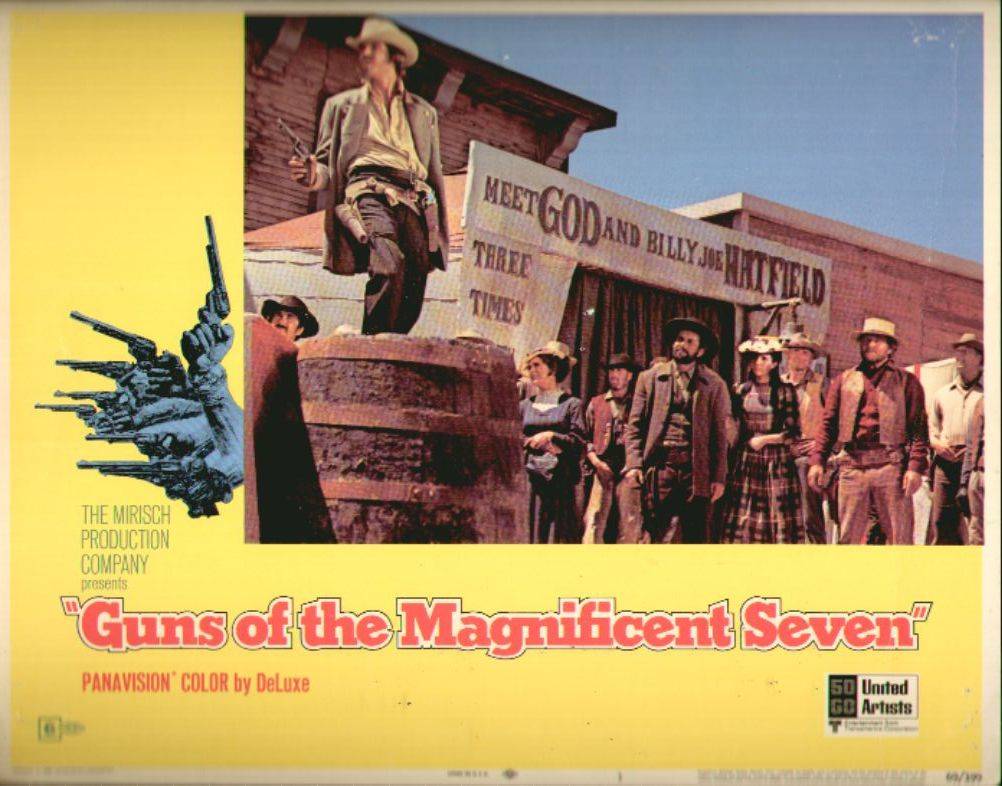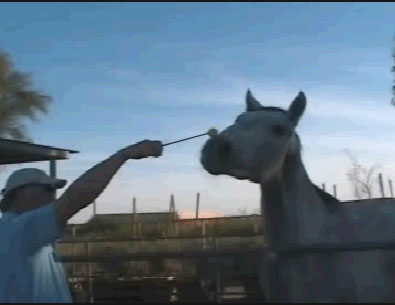 In the war of positive vs. negative training there is something sadly missing – logical analysis. This is ironic because the people most responsible for “positive” training call themselves “behavior analysts.” These are scientists who claim to use scientific investigation to learn how to predict and control behavior. They have lots and lots of statements about aversive control that sound incredibly wise and are supposed to be the result of objective research – but they aren’t. They are actually ideological statements that reveal an underlying philosophy that is anything but scientific. I know that because of something that is totally missing from their arguments – blind trials. (Note: There is no such thing as “negative” or “punishment-based” training. Those are simply pejorative terms used by “postiive” trainers to limit objective discussion and vilify evidence-based trainers) Continue reading
In the war of positive vs. negative training there is something sadly missing – logical analysis. This is ironic because the people most responsible for “positive” training call themselves “behavior analysts.” These are scientists who claim to use scientific investigation to learn how to predict and control behavior. They have lots and lots of statements about aversive control that sound incredibly wise and are supposed to be the result of objective research – but they aren’t. They are actually ideological statements that reveal an underlying philosophy that is anything but scientific. I know that because of something that is totally missing from their arguments – blind trials. (Note: There is no such thing as “negative” or “punishment-based” training. Those are simply pejorative terms used by “postiive” trainers to limit objective discussion and vilify evidence-based trainers) Continue reading
Articulate Brutes with Cattle Prods: Waldo has left the picture
 But don’t applied behavior analysts use electric shock and other forms of physical punishment?
But don’t applied behavior analysts use electric shock and other forms of physical punishment?
“Throughout his career, Skinner opposed the use of all forms of punishment; he advocated positive ways of changing behavior.
Standards for practice in applied behavior analysis severely restrict the use of electric shock and other forms of physical punishment. For example, it can be used only when other methods have failed, and when the behavior involved is a threat to the safety of the individual or others.An autistic child who repeatedly hits himself in the eyes with his fists, for example, is likely to cause blindness. If other forms of treatment (e.g., positive reinforcement, extinction) are unsuccessful, the child might be sprayed in the face with a water mister each time he hits himself. This mild form of physical punishment is usually effective in reducing the frequency of self-injurious behavior. Stronger forms of physical punishment, such as brief and mild electric shock, are seldom used and then only as a last resort with severe behavior disorders that have not responded to gentler procedures.” Continue reading
Insuring a Lack of Balanced Control: The legacy of positive dog training
 In the movie “Guns of the Magnificent Seven”, one of many sequels to “The Magnificent Seven”, a cowboy is accused of being a horse-thief and is about to be hanged. A stranger suggests they test who the horse responds to as a means of determining ownership. They put the horse half-way between the two men and each tries to call it. The horse goes away from its owner and to thief. Why? The owner is standing by the saloon and the thief is standing in front of a horse-trough filled with water. That is the power of an opportunity for immediate “reinforcement.” If I want to over-power your control over your positively trained dog it’s not hard to do. All I have to do is trump your aggregate reinforcement over time by providing something more powerful in the immediate future.
In the movie “Guns of the Magnificent Seven”, one of many sequels to “The Magnificent Seven”, a cowboy is accused of being a horse-thief and is about to be hanged. A stranger suggests they test who the horse responds to as a means of determining ownership. They put the horse half-way between the two men and each tries to call it. The horse goes away from its owner and to thief. Why? The owner is standing by the saloon and the thief is standing in front of a horse-trough filled with water. That is the power of an opportunity for immediate “reinforcement.” If I want to over-power your control over your positively trained dog it’s not hard to do. All I have to do is trump your aggregate reinforcement over time by providing something more powerful in the immediate future.
Continue reading
Refining Behaviors: Shaping isn’t all about the trainer
 A few years ago I worked with a 1400 pound Warmblood horse named Feifel. (To get a sense of proportion of how big he is, here is a video or Feifel learning targeting https://www.youtube.com/watch?v=mHY7vF2pc1s ) He had a number of problems but primarily he bucked when going from a trot to a cantor. To get started with him I associated a clicker with carrots. Then I started working to create some behaviors to develop the relationship before I addressed the primary complaint. I first started with having him turn his head to his left. Each turn received one click and one treat. Within about 15 minutes he started turning his whole body. After the second training session he was making a 360 turn to his left. Continue reading
A few years ago I worked with a 1400 pound Warmblood horse named Feifel. (To get a sense of proportion of how big he is, here is a video or Feifel learning targeting https://www.youtube.com/watch?v=mHY7vF2pc1s ) He had a number of problems but primarily he bucked when going from a trot to a cantor. To get started with him I associated a clicker with carrots. Then I started working to create some behaviors to develop the relationship before I addressed the primary complaint. I first started with having him turn his head to his left. Each turn received one click and one treat. Within about 15 minutes he started turning his whole body. After the second training session he was making a 360 turn to his left. Continue reading
Extinction: Dinosaurs and Precise Language
 A much suggested solution to behavior problems is called an “extinction” procedure. Extinction is said to make a behavior disappear through lack of reinforcement. An example would be the decrease in “going to the store” behavior if the store goes out of business. To understand this behavioral effect it’s important to start at the beginning – the definitions of extinction.
A much suggested solution to behavior problems is called an “extinction” procedure. Extinction is said to make a behavior disappear through lack of reinforcement. An example would be the decrease in “going to the store” behavior if the store goes out of business. To understand this behavioral effect it’s important to start at the beginning – the definitions of extinction.
Continue reading
